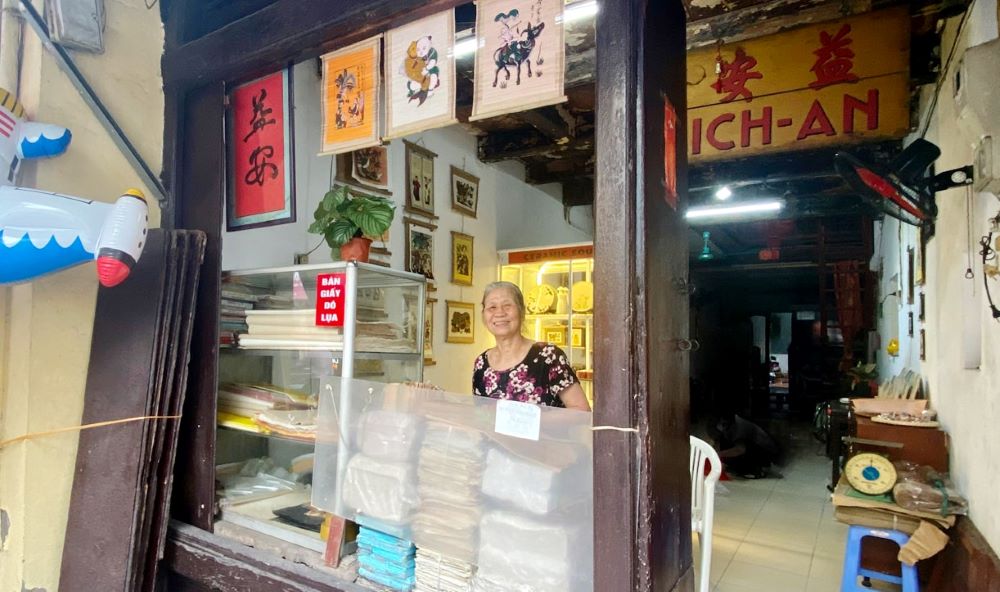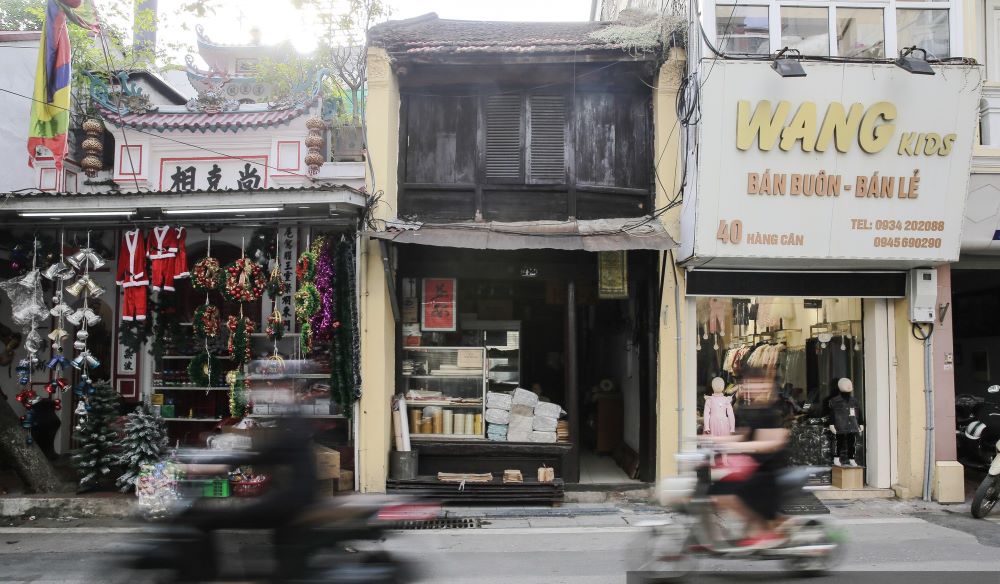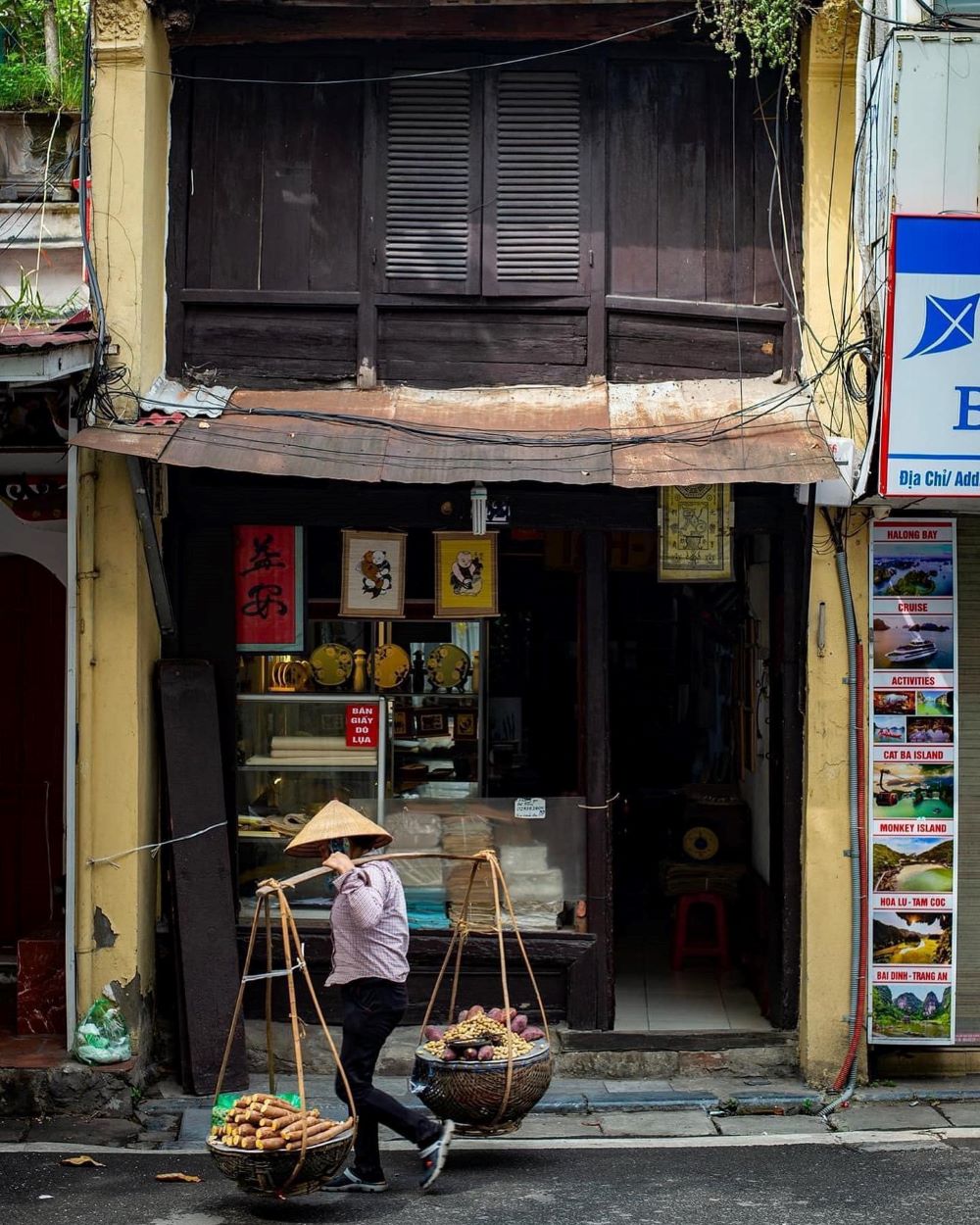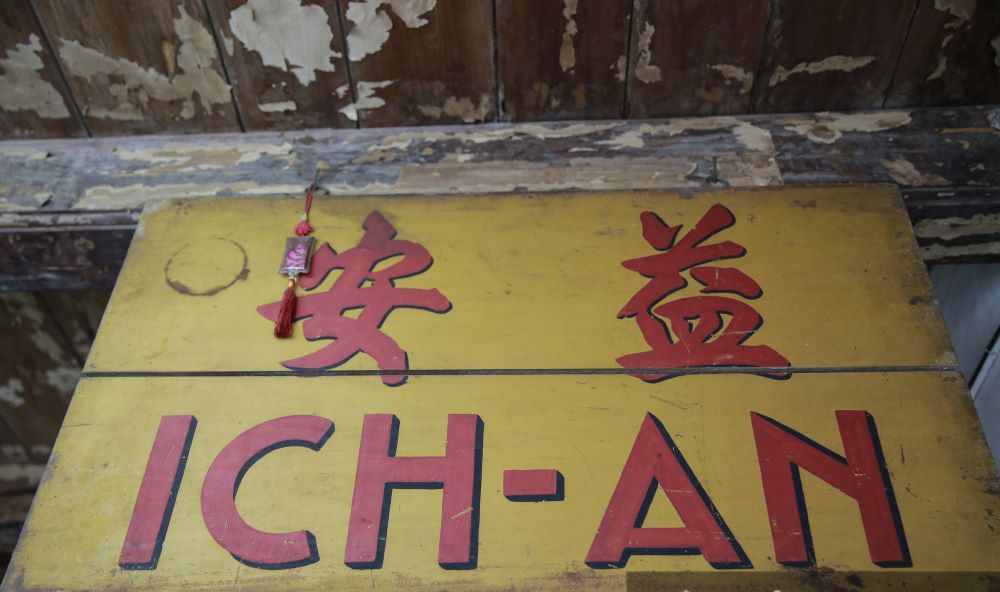Hang Can Street: A Historical Gem in Hanoi’s Old Quarter
Located approximately 300 meters northwest of Hoan Kiem Lake, Hang Can Street runs parallel to Hang Ngang Street in the heart of Hanoi’s ancient Hang Dao Ward. Spanning a length of 104 meters, it stretches from the Cha Ca – Lan Ong intersection to the Hang Bo – Luong Van Can junction.
 |
|
|
The street’s name has evolved over time. Before adopting the contemporary name of ‘Hang Can’ in the late 19th century, it was known as Hang Son Street, or Rue de la Laque in French, literally translating to ‘Lacquer Street’. The northern section was referred to as ‘Lower Hang Son’, while the southern part was called ‘Upper Hang Son’. During that era, the street was part of Huu Dong Mon and Xuan Hoa communes, situated within Tien Tuc Canton, Tho Xuong District.
Historically, a branch of the To Lich River flowed through the area, allowing boats carrying lacquer from Phu Tho Province to Hanoi to navigate as far as the middle of Hang Ca and Hang Buom Streets. Along the riverbanks, numerous lacquer shops flourished. However, when this river branch was filled in, the boats could no longer access the area, and the trade dynamics shifted. Merchant vessels had to dock at Phuc Tan Wharf, and the sale of lacquer moved to streets like Cau Go, Hang Be, and Hang Dau. Meanwhile, Hang Son Street (“Hang Son” meaning “Paint Shop”) witnessed a transformation as shops producing and selling scales began to emerge.
 |
| A glimpse into the past: The ancient house at No.42 Hang Can Street captures the essence of old Hanoi. Source: Dan Viet |
The history of scale production and trade in Hanoi dates back to the late 19th century. Merchants from Phu Ly, in Ha Nam Province, would sell their scales at Dong Thanh and Cau Dong markets. Some of them found lodging in Tuong Van Phong’s house at the end of the street, where they learned the craft of scale and wooden ruler making. They eventually set up shops along the street, with the first one opening next to Xuan Hoa Temple. Soon, other households followed suit, turning Hang Can into a hub for scale production and trade.
The scales sold during that period varied in type and purpose. For instance, precision scales, carefully stored in wooden boxes, were used for weighing precious metals like gold and silver, as well as Chinese herbal medicines. Another variety was the “can ta” (native scales), wooden scales with copper nails designed for weighing dry goods.
However, by the 1940s, the local scale-making industry faced competition from an influx of foreign scales, including iron scales, spring scales, Roberval scales, and table scales. This led to a decline in the local trade, and eventually, Hang Can Street’s association with scale-making faded away.
 |
| The interior of House 42 on Hang Can Street exudes a sense of nostalgia and old-world charm. Source: Dan Viet |
In the late 20th century, Hang Can Street underwent another transformation as waste paper became a valuable commodity. Shops along the street specialized in collecting waste paper, which was then sold to stalls offering sticky rice, roasted peanuts, or dried apricots for use as wrapping paper. Larger pieces of paper were dyed in vibrant colors to create joss paper, while the biggest pieces were utilized for making cardboard packages.
Despite the passage of time and the area’s evolving dynamics, Hang Can Street has managed to preserve some of its ancient features. One notable landmark is the Xuan Hoa Temple, constructed around the end of the Le Dynasty (late 18th century). This temple is dedicated to the deity Lan Ngoc, who is revered for aiding the ancestors of the Nguyen clan in their victory over the Champa army.
The temple also serves as a place of worship for the Mother Goddess Lieu Hanh, the Duc Thanh Tran, and the Mother Goddess of Mountains and Forests. Through careful restorations, it still houses numerous relics of historical and artistic significance from the 19th and 20th centuries.
Adding to the temple’s historical value are three deity steles erected during the Nguyen dynasty. These steles provide insights into the temple’s repairs and contributions over the years, with inscriptions dating back to the 2nd year of Minh Menh’s reign (1821) and the era of Emperor Thieu Tri (1841-1847).
 |
| The house at No.42 Hang Can Street captivates with its chic and unique architecture. Source: Tuan Nguyen |
Within the temple, you’ll find 14 round statues lacquered in gold and crimson, a dragon-carved incense table, a hand-washing water holder adorned with dragon motifs, a dragon-carved door frame, four dragon-carved worship thrones, and a dragon-themed altar curtain. A bronze bell, dating back to the reign of Emperor Tu Duc (1848-1883), four pairs of couplets, and six horizontal inscribed panels lacquered in gold and purple further enhance the temple’s spiritual significance.
Beyond the temple, visitors to Hang Can Street are drawn to the small houses that line the street. These residences, either one-story or with attics, showcase the “chong diem” (stacked roofs) style of architecture. Among them stands the home of Le Thi Thanh Tam, an 80-year-old resident, at No. 42. Surrounded by modern constructions, her house is a testament to the past with its tiled roof and ironwood doors.
Built in the late 19th to early 20th century, this house holds cherished memories for a five-generation family in the Old Quarter. Once a renowned grocery store named “Ich – An” (Helpful and Peaceful) by its first owner, Tran Huu Lap, the name board still hangs proudly by the front door. Spanning over 100 square meters and two stories, the house features a unique tubular design, with a length of more than 40 meters that hides its interior from passersby.
 |
| The plaque bearing the words “Helpful and Peaceful” serves as a reminder of the house’s history as a beloved grocery store. |
The first floor of the house includes a living room, two skylights that flood the space with natural light, a kitchen, and a toilet. Ascending to the second floor, you’ll find a dedicated space for ancestral worship, honoring the family’s ancestors, grandparents, and parents.
One of the most distinctive features of the house is the extensive use of ironwood. The entire ceiling, columns, windows, main doors, and staircase are crafted from this durable and beautiful material, standing strong for over 130 years. While the first floor was once paved with red bricks, it has since been replaced with ceramic tiles to ensure the safety of Tam’s grandchildren.
As the neighborhood evolved, most households remodeled their homes to accommodate modern businesses, while still residing upstairs or in the back. However, Tam’s family has steadfastly refused to rent out their cherished home, choosing instead to preserve its historical integrity.
 |
| Hang Can Street today: A blend of old and new, where historical homes coexist with modern developments. Source: Nguyen Tuan |
“The antique furniture reminds me of the days when our family lived together under one roof,” shared Tam’s granddaughter-in-law. “We want to honor the legacy left by our elders. This house represents the years of hard work and dedication of our parents and grandparents.”
Today, Hang Can Street welcomes visitors from near and far, eager to catch a glimpse into Hanoi’s rich historical fabric. Both Vietnamese and foreign tourists are drawn to Mrs. Tam’s house, captivated by its beauty, airy ambiance, and unique architectural style. “Many strangers who visit the street for the first time are intrigued by its medieval architecture and kindly ask to step inside,” Tam shared, beaming with pride.
“Hanoi, a City Etched in my Soul”: A Love Letter to Vietnam’s Capital Through the Eyes of Elder Photographers.
Hanoi, the enigmatic heart of Vietnam, has long inspired artists and writers with its unique allure. The photographers’ deep affection for this ancient city is exquisitely portrayed through their captivating images. Their lenses capture the very essence of Hanoi’s charm, immortalizing its most enchanting moments.
The Magic of Transformation: Artists Breathe Life into Waste
Artists from Germany, France, and Vietnam are joining forces to transform a neglected area along Hanoi’s Red River with a vibrant community art project. This exciting initiative aims to breathe new life into the riverbank, creating a unique and captivating space for all to enjoy. With their diverse cultural backgrounds and artistic talents, these collaborators are set to create a truly inspiring and revitalizing experience.
The Fragrant Temple: Hanoi’s Spiritual Sanctuary.
The Huong Son complex, a 15th-century architectural marvel, has withstood the test of time. Over the centuries, it has been meticulously renovated, preserving its historical and scenic essence. The result is a breathtaking fusion of ancient and modern, a testament to the enduring beauty of its design.
The Fragrant Pagoda: Hanoi’s Spiritual Sanctuary.
The Huong Son complex, a 15th-century architectural marvel, has withstood the test of time and continues to captivate visitors with its timeless beauty and historical significance. Over the centuries, the complex has undergone meticulous renovations, ensuring the preservation of its scenic and historical value. The result is a breathtaking fusion of ancient architecture and natural splendor that transports visitors back in time with each visit.








